The Palace of Versailles, located approximately 20 kilometers from the capital of France, Paris, is a historic structure regarded as one of the most magnificent palace complexes in the world. Originally built as a hunting lodge, the palace was transformed into a grand royal residence in the 17th century by order of Louis XIV and became a symbol of the French absolute monarchy. Representing the pinnacle of Baroque architecture and French landscape art, Versailles is notable not only for its architectural beauty but also for hosting some of the most significant political and cultural events in European history.
Among the impressive features it offers to visitors are the Hall of Mirrors (Galerie des Glaces), the Queen’s and King’s Apartments, elegant gardens, fountains, statues, and additional structures such as the Grand Trianon. Included in the UNESCO World Heritage List in 1979, the palace is visited by millions of tourists each year. Numerous questions are asked about the Palace of Versailles both from historical and touristic perspectives, and having prior information is quite helpful for a well-planned visit.
1. Where is the Palace of Versailles located?
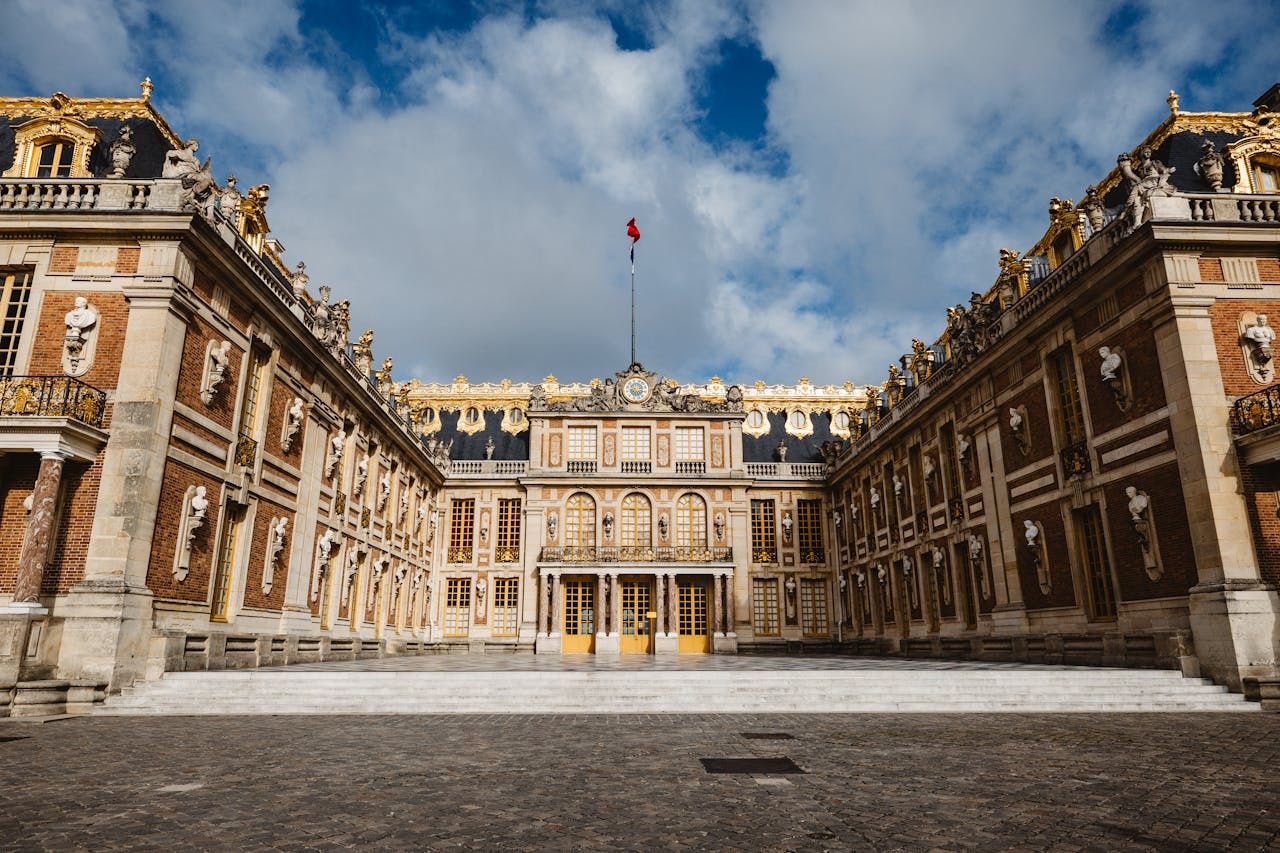
The Palace of Versailles is located in the Île-de-France region of France, in the city of Versailles. This city lies approximately 20 kilometers southwest of the capital, Paris. Due to its proximity to Paris, the palace is an easily accessible tourist destination and holds great significance as the historical center of the French monarchy. The address of the palace can be stated as follows:
- Château de Versailles, Place d’Armes, 78000 Versailles, France.
2. How to get to the Palace of Versailles from Paris?
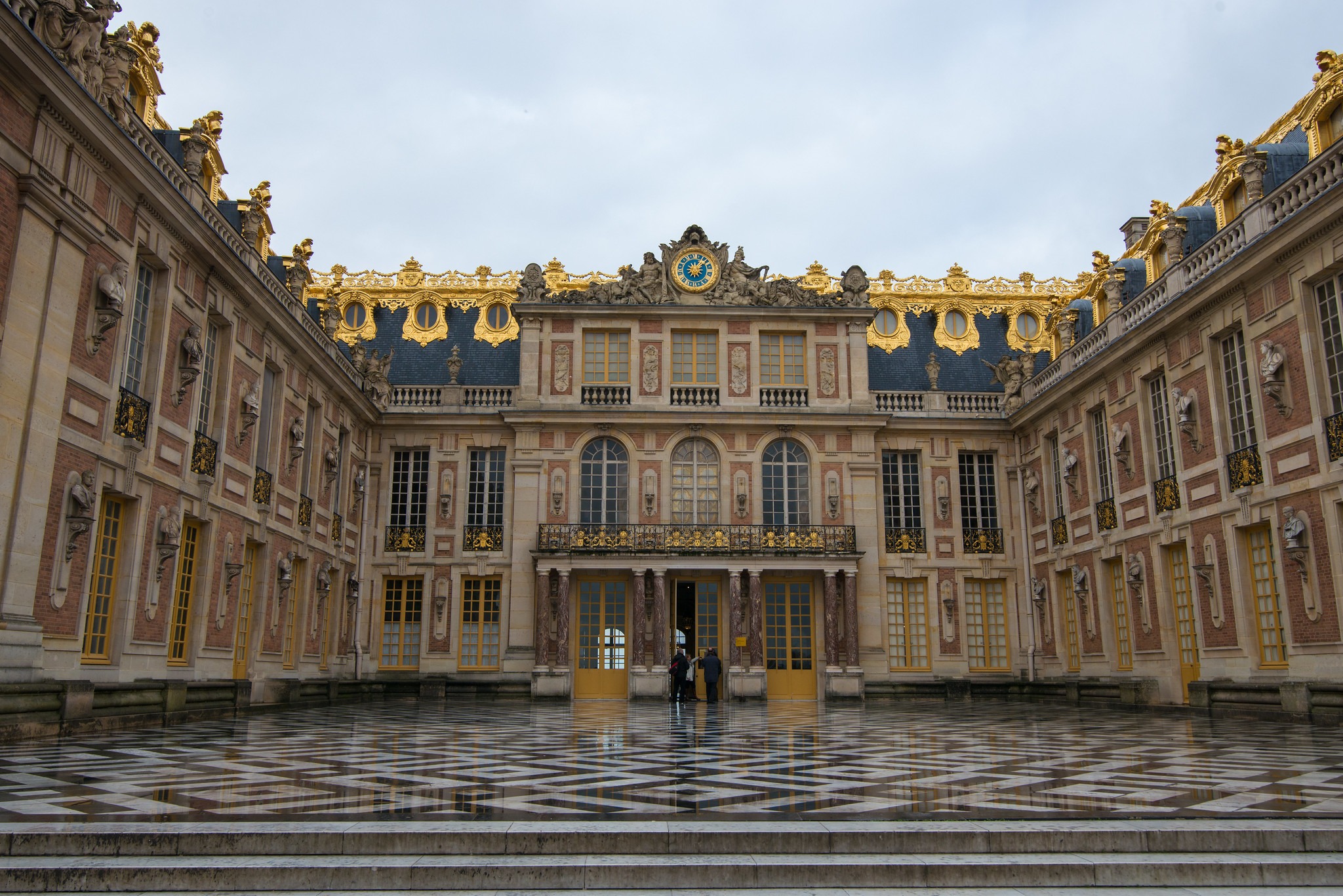
Getting to the Palace of Versailles from Paris is quite easy, and there are several options:
- RER Train (Line C): This is the most common and convenient way. You can board the RER Line C train from any station in Paris (such as Saint-Michel Notre-Dame, Musée d’Orsay, or Invalides) and get off at the Versailles Château Rive Gauche station.
This station is only a 5–10-minute walk from the palace. - SNCF Suburban Train: You can take the N line suburban train from Montparnasse Station to Versailles Chantiers station. This station is about a 15–20-minute walk from the palace.
- Bus: It is possible to go by bus from the center of Paris, though it is not as fast or practical as the train. Bus line 171 departs from Pont de Sèvres Metro Station and ends in front of the Palace of Versailles.
- Tour Buses / Private Tours: Transportation is also available through guided tours or day trips organized by bus companies. This option usually includes both entrance tickets and transportation.
- Taxi / Uber: A taxi from the city center of Paris takes approximately 30–45 minutes, but the cost is higher compared to train or bus.
3. How much is the entrance fee to the Palace of Versailles?
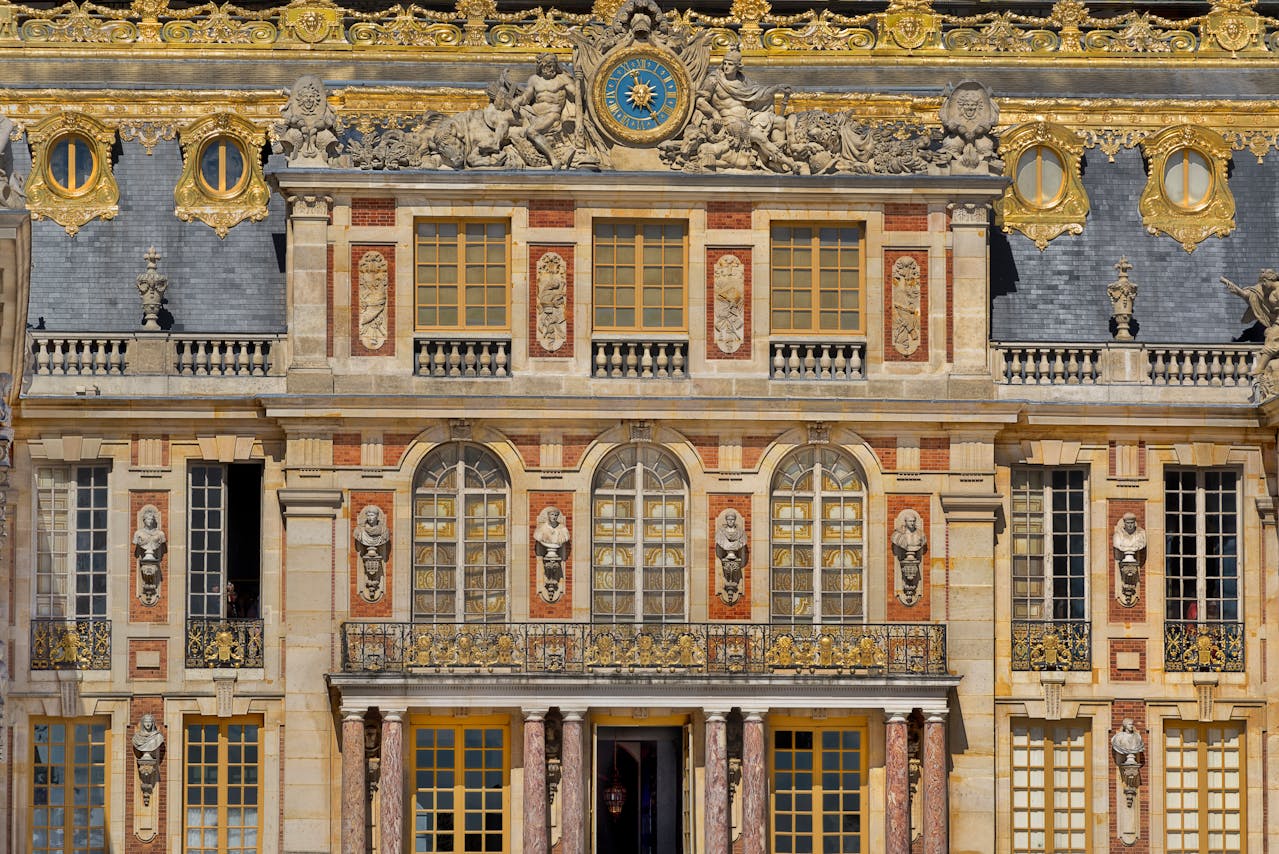
Versailles Palace Entrance Tickets
Palace Ticket (Palace Entrance Only)
- Full price: €21
- Reduced (ages 6–25 EU citizens or other eligible groups): €13
Passport Ticket (Access to the Entire Complex)
- Full price: €32 (on days with garden shows)
- Reduced: €24 (on regular days), €32 (on show days)
Additional Art and Tour Tickets:
- Musical Gardens/Shows: ~€10 (Full), ~€9 (Reduced)
- “Lost Gardens of the Sun King” VR Experience: €15
- VR + Ticket Combo: €45
Additionally, children under 6 years old are free for most visits. Those aged 6–17 and EU citizens aged 18–25 qualify for reduced admission. Non-EU adults over 26 pay full price.
4. What are the visiting hours?
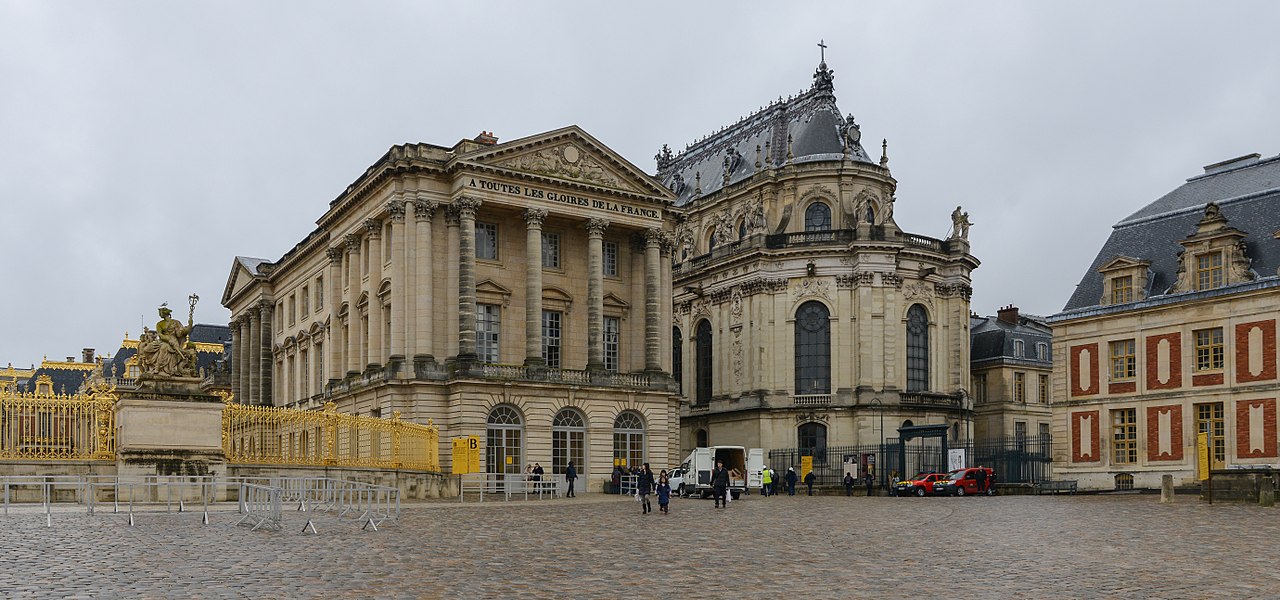
🏛️ Palace (Château)
- Opening: Tuesday–Sunday: 09:00
- Closing: 18:30 (Last entry: 17:45; ticket office closes at 17:40)
- Closed on Mondays and May 1st
- Low season (November–March): 09:00–17:30 (Last entry: 16:45)
🏰 Trianon Estate and Hamlet
- Opening: Tuesday–Sunday: 12:00
- Closing: 18:30 (high season); in low season, last entry at 16:45, closing at 17:30
- Closed on Mondays and May 1st
🌳 Gardens and Park
- Opening: Every day in the morning
- High season (Apr–Oct): 07:00 (gardens at 08:00) – 20:30 (gardens 20:30)
- Low season (Nov–Mar): gardens 08:00–18:00, park 07:00–18:00
- On special show days (GBE/Nuit), gardens may close early in the evening, e.g., at 17:30
📅 Summary
| Area | Opening | Closing | Notes |
|---|---|---|---|
| Palace | 09:00 | 18:30 | Closed on Mondays and May 1st |
| Trianon & estate | 12:00 | 18:30 | Closed on Mondays and May 1st |
| Gardens / Park | 07/08:00 | 20:30* | Varies by season and special events |
Depending on the season. Gardens and park open early in the morning, offering visitors a wide time frame; be mindful of different closing times.
5. How long does it take to tour the Palace of Versailles?
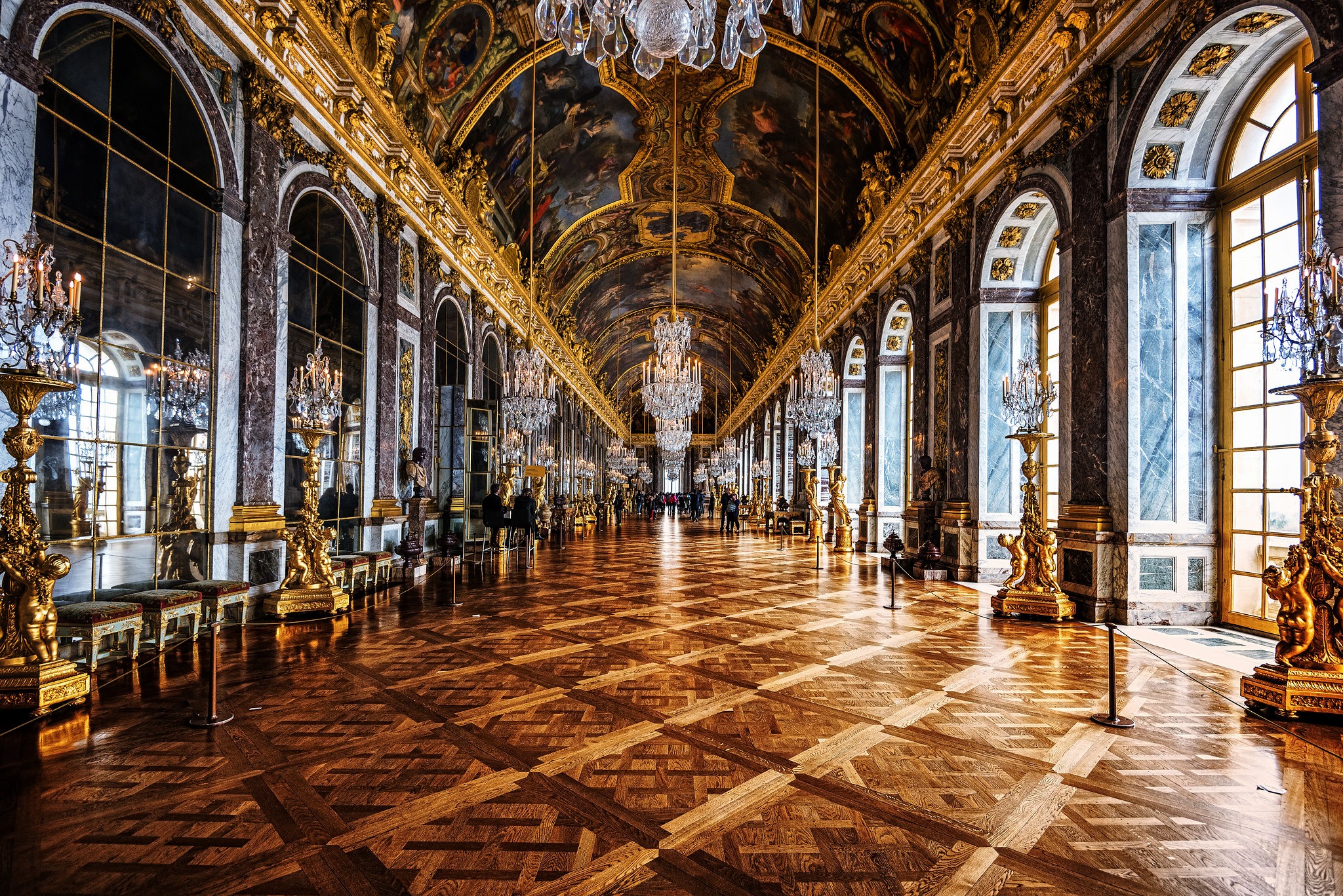
⏱️ The Palace Itself
Approximately 1.5–3 hours: According to the official site, touring just the palace takes about 1.5 hours for most visitors.
According to experienced guides, allocating 2–3 hours is ideal for a detailed visit.
🌳 Gardens and Trianon
Gardens: Especially on Musical Fountain Show Days, it is recommended to set aside around 1 hour to enjoy the water displays.
Trianon (Petit & Grand): Including the walk or train ride to reach them, visiting the Trianon Estate requires an additional 1–2 hours.
6. Which sections of the Palace of Versailles can be visited?
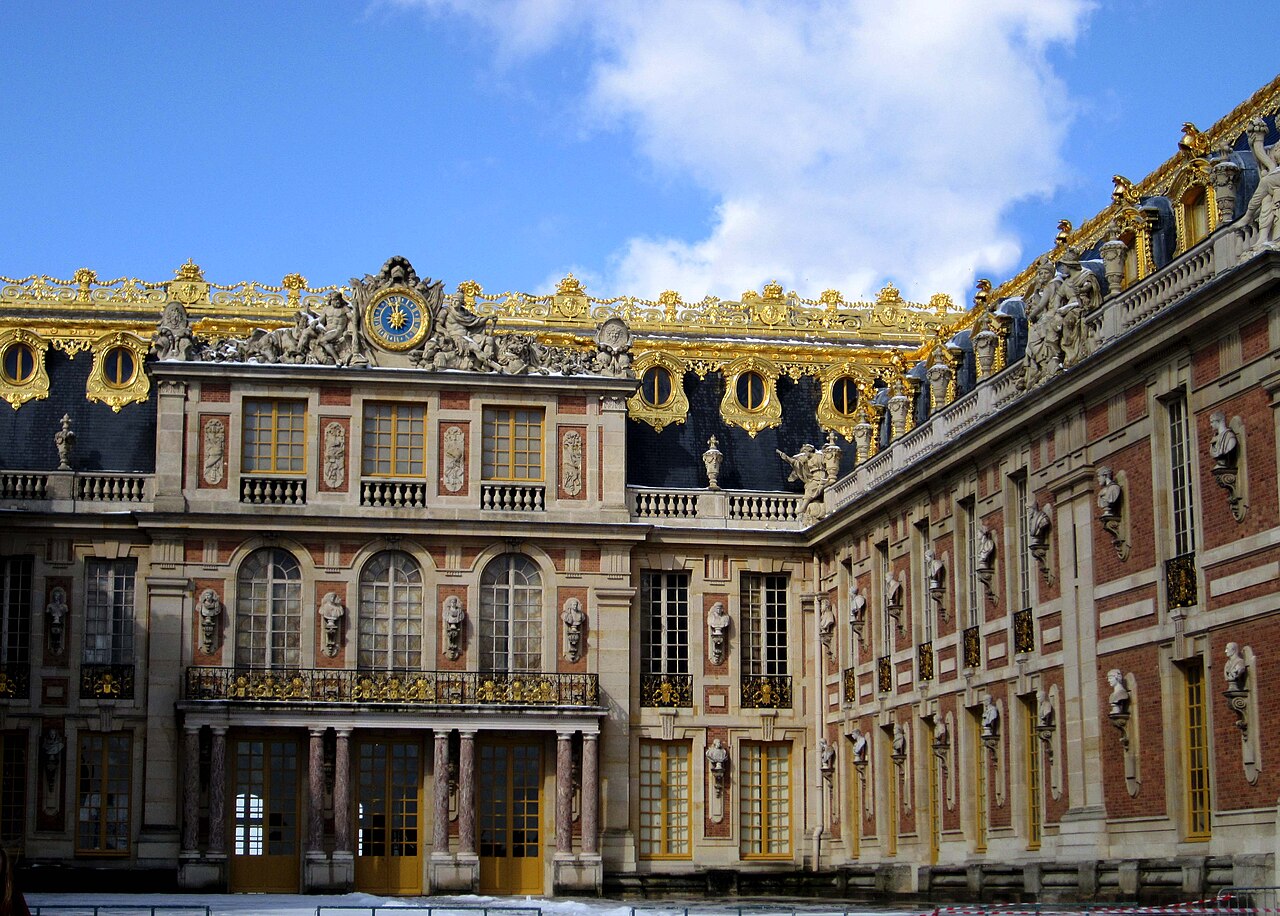
Among the main sections that can be visited at the Palace of Versailles, the most striking is the magnificent Hall of Mirrors (Galerie des Glaces). This grand hall, with its 17 large mirrors, crystal chandeliers, and gilded decorations, is the most iconic space in Versailles. In addition, the King’s Apartments (Appartements du Roi) and the Queen’s Apartments (Appartements de la Reine), which were the living quarters of the French royal family, are preserved and presented to visitors with period furniture and decorations. Inside the palace, it is also possible to access various historical collections such as the Napoleon Museum and the Gallery of the History of France.
The areas outside the palace are just as impressive as the interior. The Versailles Gardens, in particular, are famous for their geometrically designed paths, pools adorned with sculptures, and musical fountain shows. Further into the gardens lie two separate buildings: the Grand Trianon and the Petit Trianon. These were built as more private and modest residences for the royal family. Also of interest is the Hameau de la Reine (The Queen’s Hamlet), where Marie Antoinette recreated a rustic village lifestyle. This picturesque area located in nature adds to the charm. All these areas make Versailles not just a palace but a true complex of history and art.
7. Is a separate ticket required for the Gardens and Musical Shows?
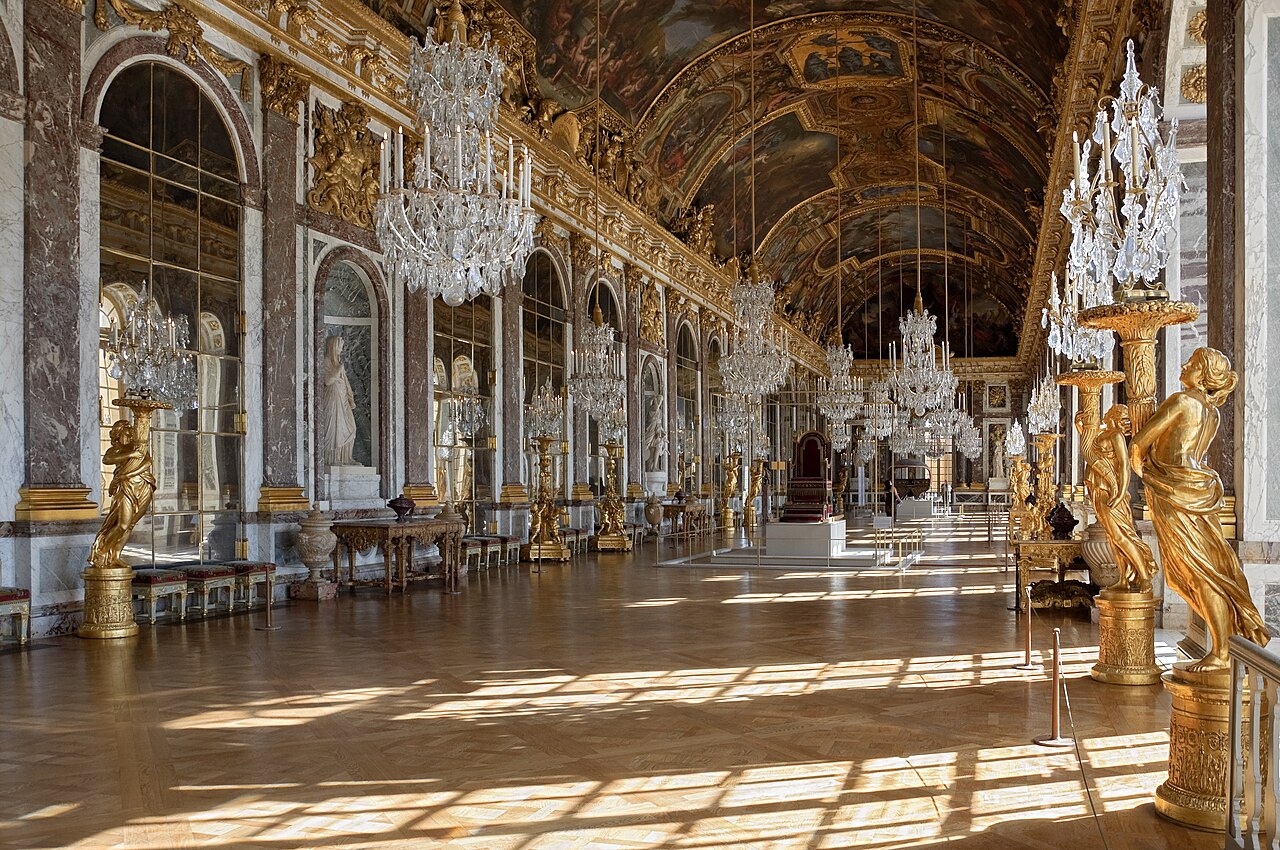
🎟️ 1. General Garden Access
- If you have a Palace ticket or a Passport ticket, you can access the gardens for free on non-show days.
- On days when the Musical Fountains Show or Musical Gardens are held, access to the gardens requires a separate ticket if you only have a regular palace/park ticket without show access.
🎵 2. Musical Shows (Fountains & Gardens)
- On these days, to enter the gardens, you must either:
- Purchase a Passport ticket that includes the entire complex (with an additional charge on show days), or
- Buy a special ticket for the garden shows only (Musical Fountains: ~€11, Musical Gardens: ~€10).
After entering, you may re-enter the gardens throughout the day and watch the shows.
8. Is it possible to buy tickets for the Palace of Versailles online?
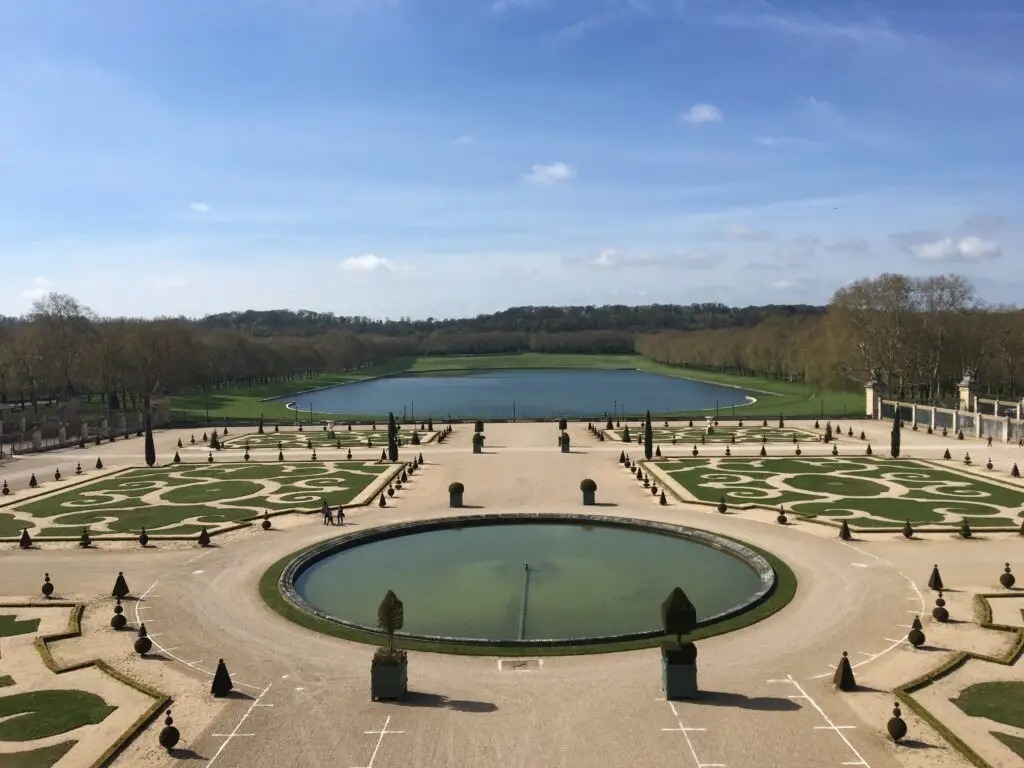
🎟️ Purchasing via the Official Website
- All ticket options—including Palace, Trianon, and “Passport” tickets, as well as musical garden shows, VR experiences, and more—can be obtained through the official Versailles ticket sales page.
- During the purchase, you select a suitable date and time slot, and a timed entry ticket is issued and sent to your email as an e-ticket. You can enter by scanning the ticket on your device.
✅ Advantages and Reminders
- Avoid long queues: With an official online ticket and timed entry, waiting times at the entrance are minimized.
- Discounted groups such as EU citizens aged 6–25 and non-EU citizens aged 18–25 are entitled to free or reduced admission, but even in these cases, a timed reservation is required.
- Since garden shows, VR experiences, or guided tours require separate sessions or tickets, it is recommended to add them online during your purchase.
📌 Summary:
- By visiting the official site through e-commerce, you can choose and purchase the ticket category you want (Palace, Trianon, Passport, or shows).
- Timed entry is mandatory: If you try to enter on a different day or without a time slot, access may be denied.
- If you want to attend special features (garden shows, VR, guided tours), make sure to select and add them during the online booking process.
9. What is the history of the Palace of Versailles?
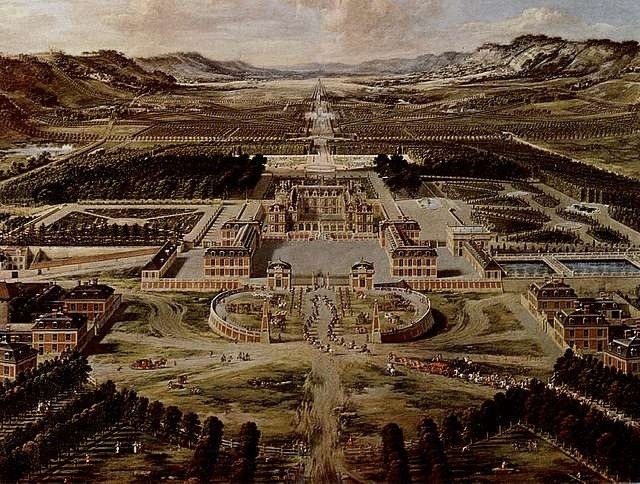
The history of the Palace of Versailles dates back to the early 17th century. It was first built in 1623 by Louis XIII as a modest hunting lodge, located in a quiet forest outside of Paris. However, the true transformation began when his son, Louis XIV (the Sun King), ascended the throne. In 1661, Louis XIV decided to convert Versailles into a grand royal palace in order to strengthen absolute monarchy and bring the aristocracy under centralized authority. The project, led by renowned architects Louis Le Vau and Jules Hardouin-Mansart along with garden designer André Le Nôtre, gave the palace and its gardens an unparalleled magnificence.
In 1682, when Louis XIV declared the palace his official residence, Versailles became the political and cultural center of the French Kingdom. The palace housed numerous kings and queens until the French Revolution in 1789. With the revolution, the palace lost its royal function, much of its furniture was sold, and the building was abandoned for some time. However, during the 19th century, it was revived under Napoleon and later Napoleon III. In 1919, the Treaty of Versailles, which officially ended World War I, was signed here. Today, the palace is one of France’s most significant historical and touristic landmarks and is listed as a UNESCO World Heritage Site.
10. Who built the Palace of Versailles?
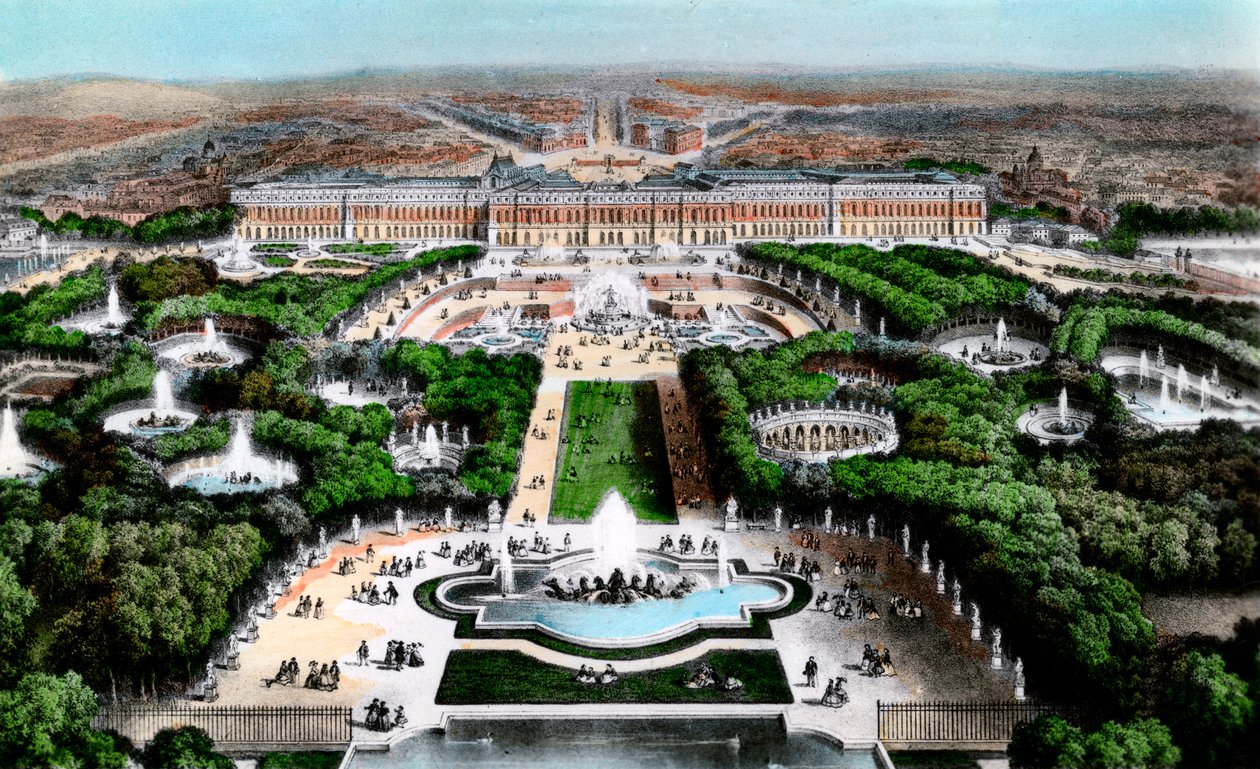
The foundations of the Palace of Versailles were laid by King Louis XIII of France. In 1623, he had a small hunting lodge built in Versailles, located southwest of Paris in what was then a wooded hunting area. This structure was quite simple and small in scale. However, this modest lodge would eventually evolve into one of the most magnificent palace complexes in Europe. Although Louis XIII had plans to expand the lodge, the major transformation took place during the reign of his son, Louis XIV.
The person who brought Versailles to its present grandeur was Louis XIV (the Sun King). After ascending the throne in 1661, Louis XIV decided to transform Versailles into a royal palace to reinforce absolute monarchy and keep the aristocracy under control. Leading architects of the time, such as Louis Le Vau, Jules Hardouin-Mansart, interior decorator Charles Le Brun, and garden designer André Le Nôtre, were involved in the construction. In 1682, the palace was declared the official residence of the French monarchy, and from that point on, it became the central seat of the monarchy for many years.
11. Why is the Palace of Versailles so famous?
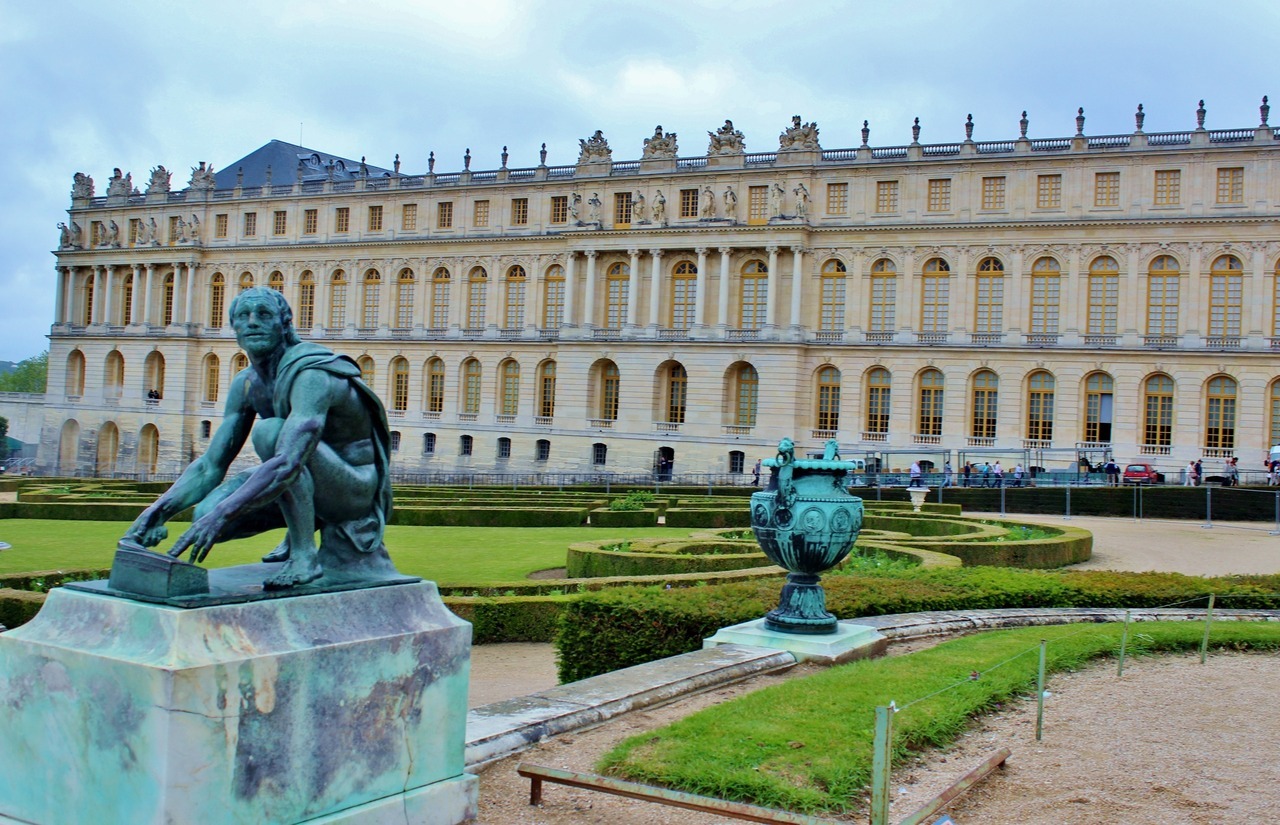
The Palace of Versailles is considered one of the most impressive and symbolic palaces in the world. Its fame primarily stems from being an architectural masterpiece that reflects the grandeur and political power of the French absolute monarchy. Built during the reign of Louis XIV, the palace was not merely a residence, but a prestige structure designed to demonstrate the king’s power to the aristocracy and the public. The Hall of Mirrors, gilded decorations, frescoed ceilings, and intricately detailed interiors—all regarded as the peak of Baroque architecture—carry immense artistic and historical value.
In addition to its architecture, the Palace of Versailles is also renowned for hosting significant events in European history. In 1789, during the French Revolution, the people marched to the palace and forced the royal family to return to Paris—one of the symbolic moments of the revolution. Furthermore, in 1919, the Treaty of Versailles that officially ended World War I was signed here. Today, the palace is listed as a UNESCO World Heritage Site and is visited by millions of tourists every year. It is considered one of France’s most important historical, artistic, and cultural landmarks.
12. Is the Palace of Versailles a UNESCO World Heritage Site?

The Palace of Versailles was included in the UNESCO World Heritage List in 1979. UNESCO described the palace as “a unique masterpiece of human creativity” and recognized its universal value in both architectural and landscape terms.
This decision by UNESCO was based on the fact that the palace is one of the finest examples of Baroque art and architecture, holds historical importance as the center of royal power in France, and that its components—such as the Hall of Mirrors, the Trianon buildings, gardens, and landscaping—served as a model for the rest of Europe.
Thanks to this, Versailles has been preserved not only as French but also as world heritage. Its restoration and management policies have been shaped by international standards, and it continues to offer visitors a unique experience in terms of history, art, and architecture.
13. Is it possible to take a guided tour of the Palace of Versailles?
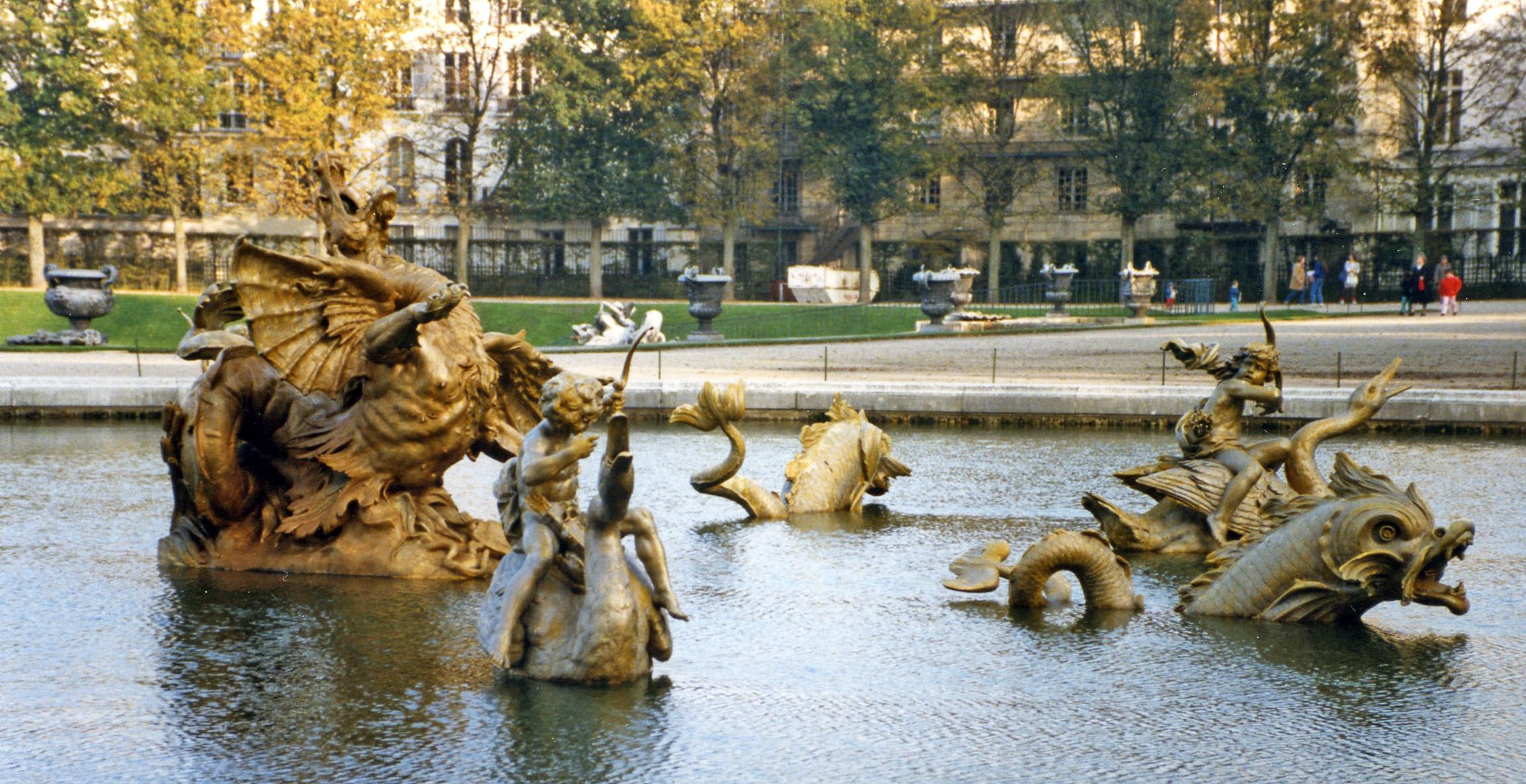
🏛️ Official Group Tours
Group tours organized by the palace’s official guides last about 1.5 hours and provide an overview of the palace’s most magnificent areas—such as the Hall of Mirrors and the King’s and Queen’s Apartments. These tours begin from a special entrance dedicated to tour groups, allowing direct access to the interior without waiting in line for tickets. Reservations are usually made online or upon specific guided tour requests.
👤 Private and “Prestige” Tours
For those seeking a more personalized experience, private guided tours are available. These tours are conducted with small groups (7–25 people); prices are approximately €300 (up to 7 people) or €600 (for groups of 8–25). Prestige tours take place outside public visiting hours or in restricted sections of the palace and usually last around 1.5 hours with a private guide (pricing available upon request).
14. What is the best time to visit the palace?
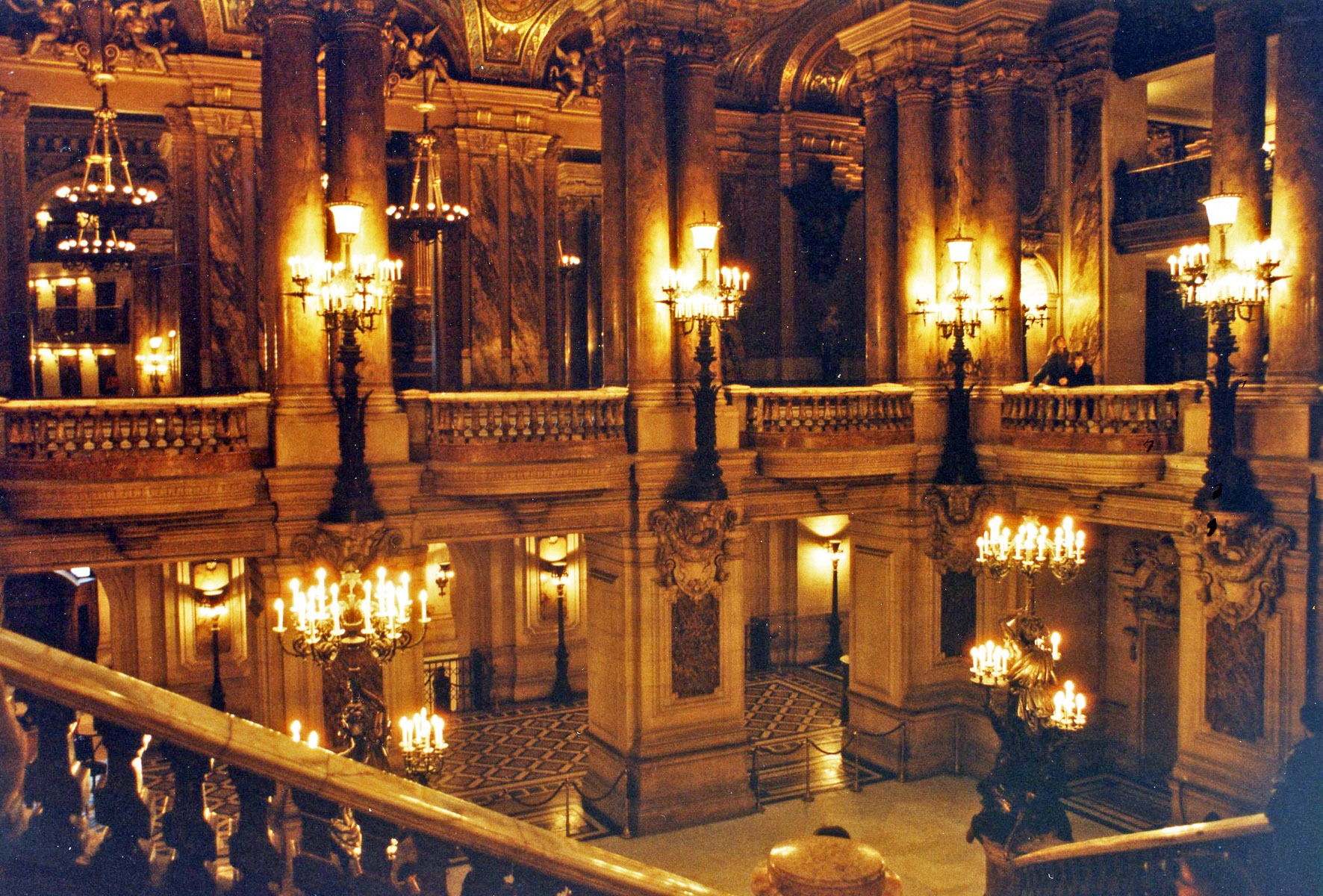
📅 Best Time to Visit – Seasonally
- Spring (April to early June) and Autumn (September–October) are the most ideal times.
- During these months, the weather is generally mild, and the gardens are in full bloom.
- Crowds are also smaller compared to summer.
- Summer months (July–August) are high season, so the palace is very crowded, and waiting times are longer.
- In winter (November–March), the interior of the palace can be toured more comfortably, but the gardens are simpler, and some areas may be closed.
🕰️ Best Time to Visit – Weekly and Daily
- Weekdays, especially Tuesday to Thursday, are the quietest days.
- Tuesday can be slightly busier as it’s the first open day after Monday (when the palace is closed), but still better than weekends.
- Morning hours (between 09:00 and 11:00) offer a peaceful visit with fewer crowds.
- Non-show days are more budget-friendly since garden access doesn’t require an additional fee.
15. Are the gardens open year-round?
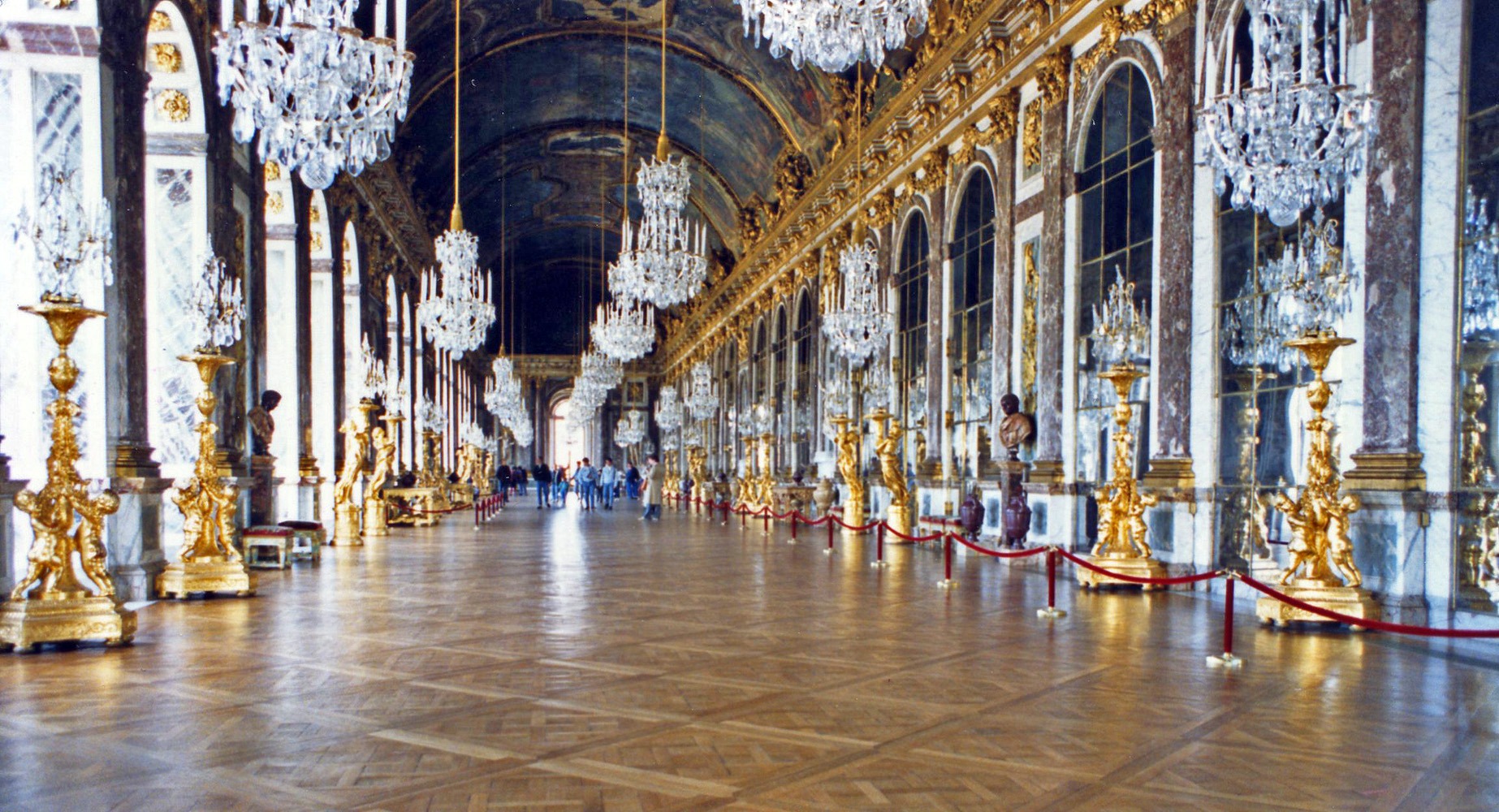
The gardens and park of the Palace of Versailles are open every day of the year, meaning you can visit them in any month. However, the opening hours vary depending on the season.
High season (April 1 – October 31): The gardens are open from 08:00 to 20:30, and the park from 07:00 to 20:30.
On Saturday nights with fountain night shows, the gardens usually close early at 17:30, with last entry by 17:00.
Low season (November 1 – March 31): The gardens and park can be visited from 08:00 to 18:00, though this may vary depending on weather conditions.
16. Is it allowed to bring food and drinks to the Palace of Versailles?

Palace and Trianon Interiors
Bringing food and drinks inside is strictly prohibited. Security staff enforce this rule during bag checks, and it is not legally allowed.
🌿 Garden and Park Areas
Picnicking is allowed in the park and in certain designated areas of the gardens. For example, it is permitted outside the Saint Anthony Lawn and inside the “Marmousets Room.”
Visitors often carry their food in closed bags and consume it outside the palace in the gardens. Some luggage lockers can be found near the palace entrance.
17. Is photography and video recording allowed?
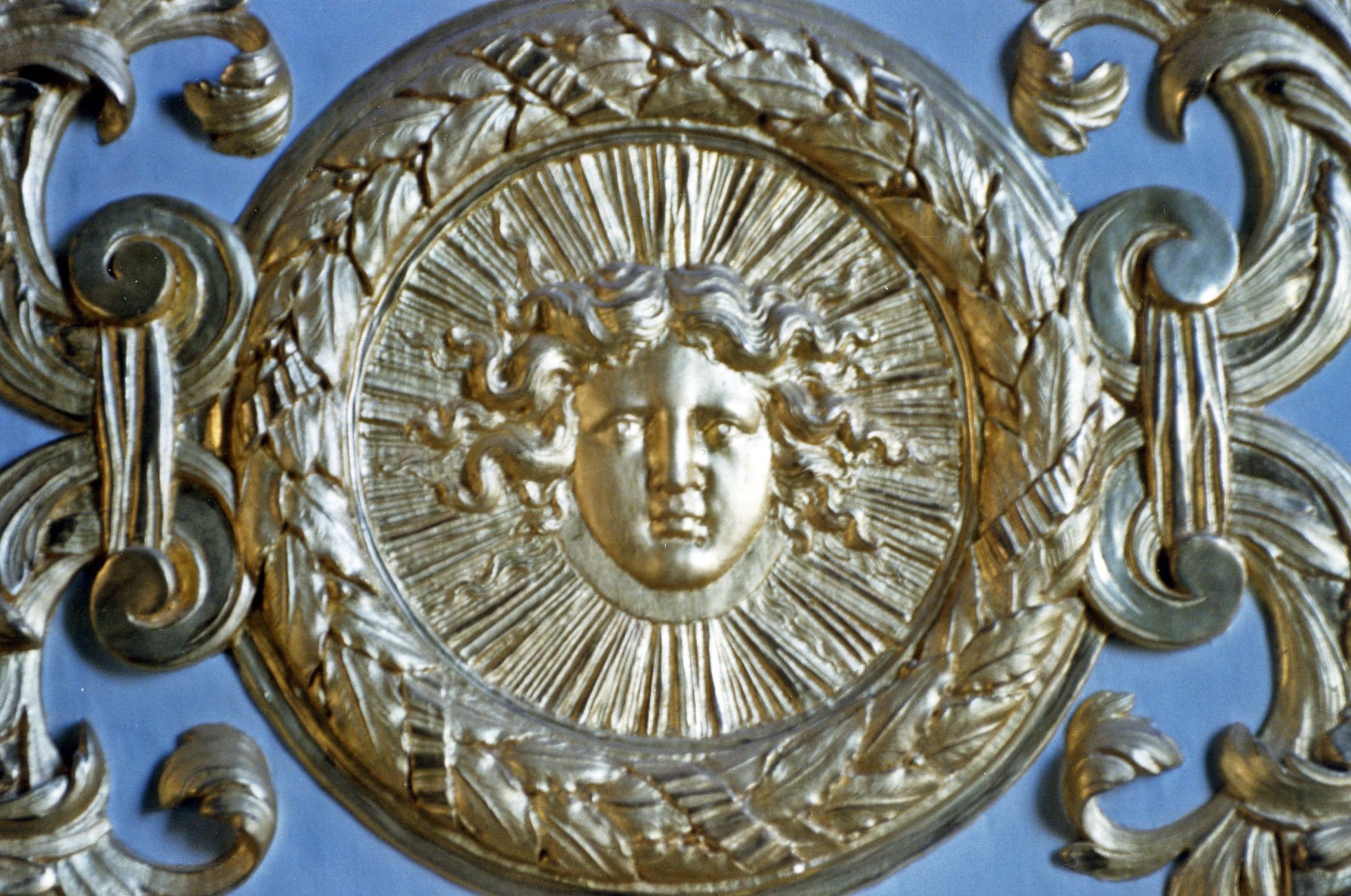
Indoors (Palace & Trianon)
- Commercial, professional, or studio photography (with tripods, fixed lighting, equipment, etc.) strictly requires written permission.
- Photography and video recording for personal use with handheld cameras or phones is allowed; however, flash, tripods, and selfie sticks are prohibited and usually flagged by security staff.
- Visitors are expected to remain quiet, respect barriers, and follow preservation rules in museum areas.
🌿 Outdoor Areas (Gardens, Park, Marie Antoinette’s Hamlet)
- Professional shoots, drone usage, or filming with tripods require prior written authorization.
- Tripods and selfie sticks are prohibited—especially in sensitive or crowded areas like the palace interiors—and often restricted in gardens as well.
- Photography and video for personal use with simple devices—particularly of gardens and nature—are generally tolerated, but caution is still advised.
18. Is the Palace of Versailles suitable for children and the elderly?
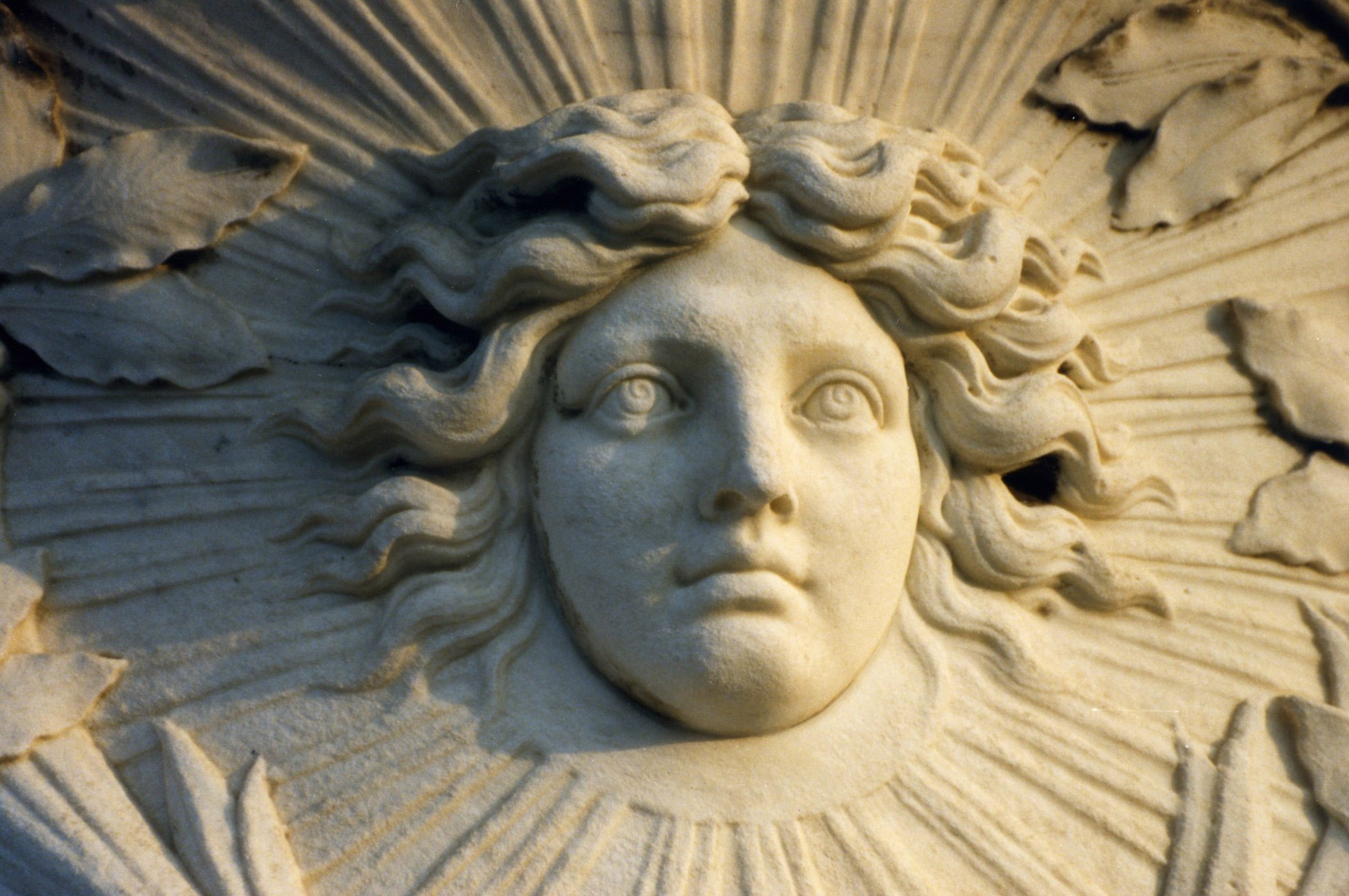
👨👩👧👦 Suitability for Children
- Children under 18 (non-EU citizens) and EU citizens under 26 are granted free entry to the palace.
- Mobile applications designed for children (such as the Pierre and Camille tours) offer interactive experiences during visits to the palace and gardens.
- Strollers are tolerated depending on health and facility conditions, though baby carriers are recommended. In the gardens, children can enjoy playgrounds like Square des Francine for rest and recreation.
🧓 Suitability for the Elderly and Visitors with Disabilities
- The Palace, Grand Trianon, and Petit Trianon buildings are wheelchair accessible with elevators, ramps, and wide corridors.
- Wheelchairs can be borrowed inside the palace, and visitors with disabilities along with one companion are granted free entry.
- The garden areas feature uneven surfaces, which may present challenges; however, nearby parking spots are available for those arriving by vehicle. If needed, a shuttle or golf cart can be rented. The palace also offers accessible restrooms, benches, and maps for barrier-free access.
19. Are there places to eat inside the palace?
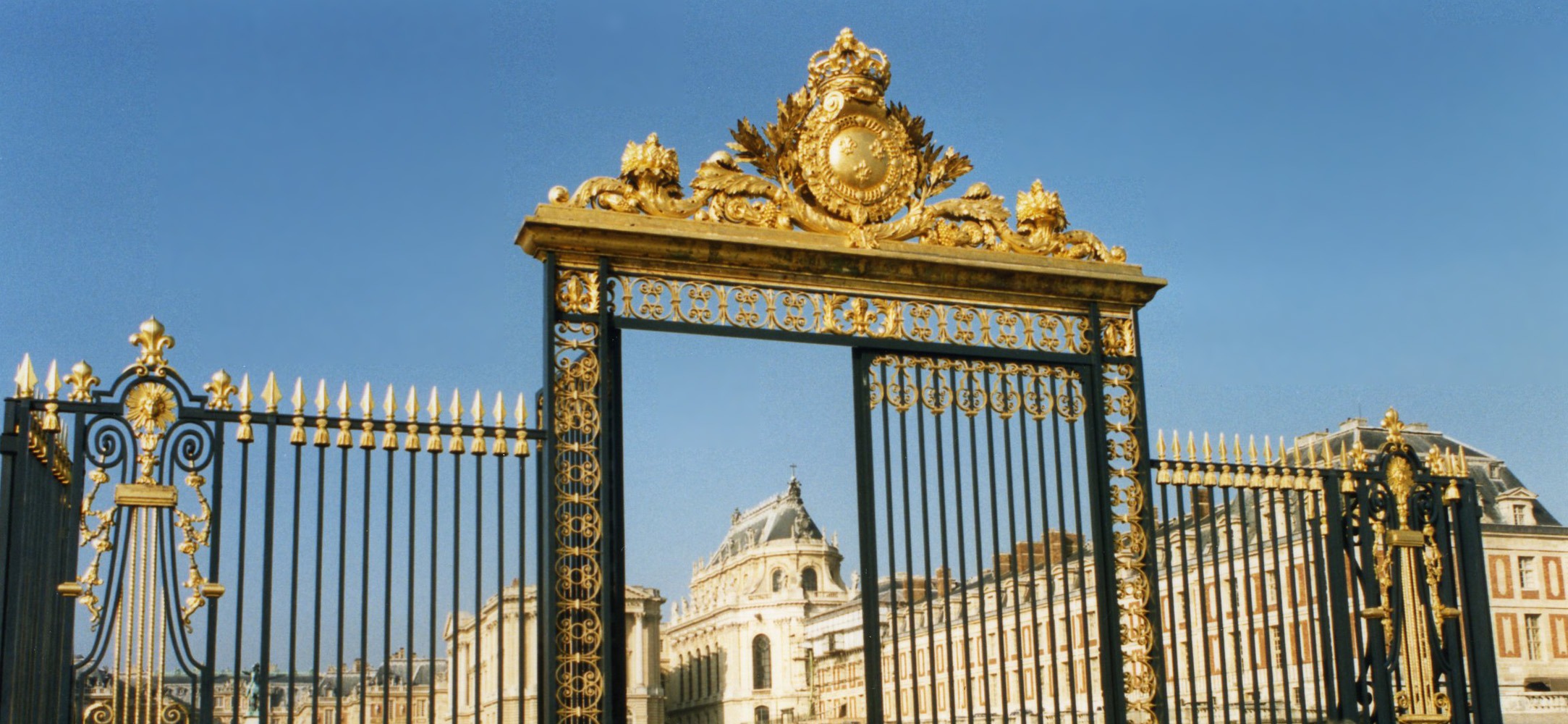
🏰 Inside the Palace
- Restaurant Angelina (located on the first floor of the palace): Offers an elegant tea room atmosphere. Serves pastries and hot/savory meals between 10:00 and 17:30/18:30.
- Grand Café d’Orléans (garden level): Offers fast food and sandwiches; no reservation required, open from 9:00 to 18:00/17:00.
🌳 In the Garden and Park Areas
- La Girandole (in the middle of the gardens): Ideal for breakfast, lunch, or light snacks; open seasonally between 10:00 and 17:00/18:00.
- La Petite Venise: Italian-style restaurant by the Grand Canal; there is also a nearby “Gourmandises” snack stand.
- La Flottille: Located at the Grand Canal and recommended by visitors as “fabulous and reasonable.” A children’s menu is also available.
20. Is the Palace of Versailles accessible for people with disabilities?

🛠️ Accessibility and Infrastructure
- The palace interiors are fully accessible for wheelchair users and individuals with limited mobility, with ramps and elevators provided throughout.
- A Priority Entrance point at the palace entrance and unconditional staff assistance allow for quick access to the interiors after the security check.
- If needed, manual wheelchairs can be provided free of charge at designated locations such as the Gabriel Pavilion, and the Grand and Petit Trianon.
🌳 Gardens, Trianon, and Park Areas
- While the gardens mostly feature flat paths and are generally accessible, long distances and ground surfaces may pose challenges for wheelchair users.
- For those who wish to explore the gardens, a mini train and electric shuttle vehicles are available. Accessibility to the Trianon areas has also been improved.
- Ramps are available at the Trianon buildings, although the upper floors of the Petit Trianon are not accessible by wheelchair.
✅ Additional Facilities and Advantages
- Visitors with disabilities and their companions are granted free admission upon presentation of valid documentation.
- Restaurants, restrooms, and reception areas within the palace and Trianon buildings are arranged to be accessible.
- Touring options include guided or self-guided visits, supported by mobile apps, audio guides, and interactive maps. Sign language assistance is also available.
